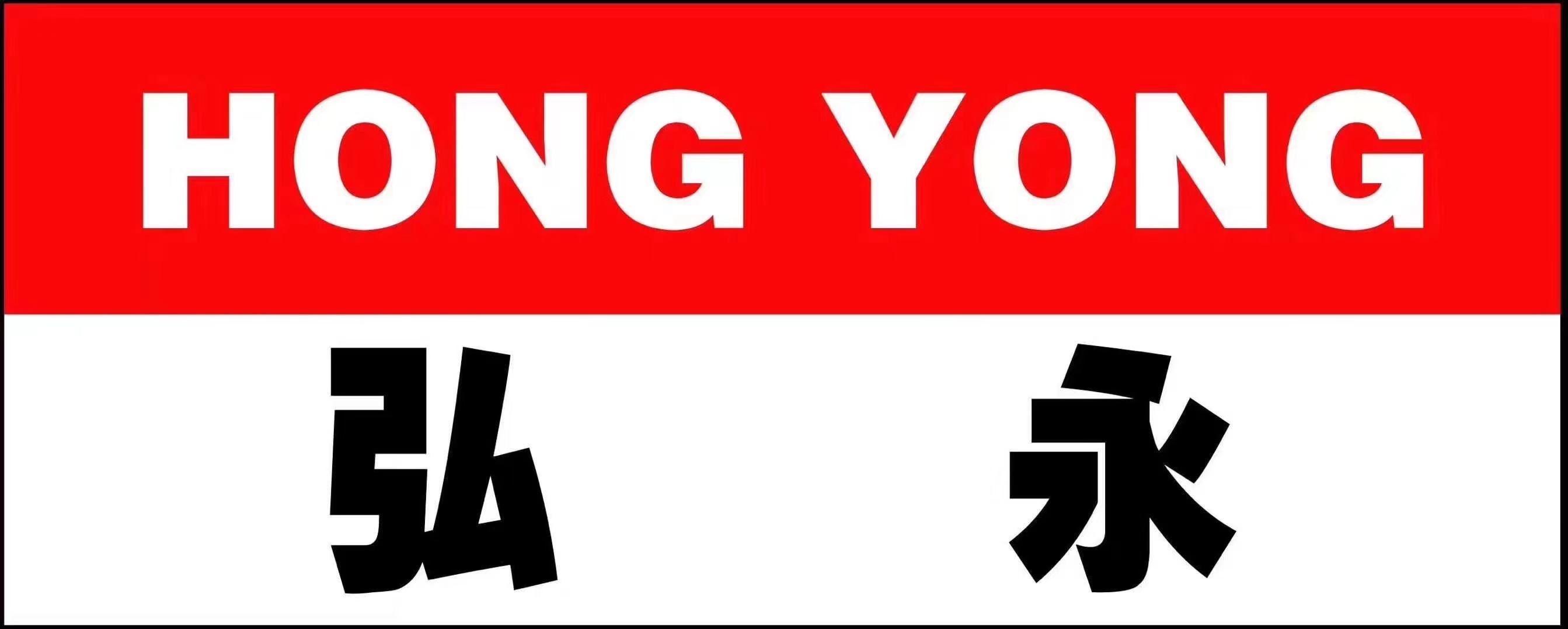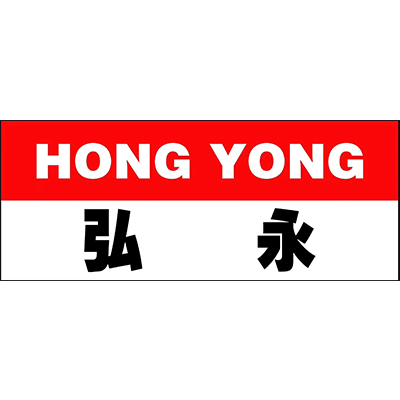The usefulness of the advertising industry
The multiple dimensions of exhibition, social progress, and public life can be explored from the following three core areas:
1、 For the economy: the "engine" driving business cycles and industrial upgrading
The advertising industry is the "lubricant" of the market economy, which not only directly drives the growth of its own modern service industry, but also indirectly empowers the development of the entire industry chain, specifically reflected in three aspects:
Assist enterprises in survival and competition
For enterprises, advertising is the "voice of the brand": new brands can quickly establish awareness through advertising (such as start-up tea beverage brands reaching young audiences through social media advertising); Mature brands can use advertising to strengthen their differentiation advantages (such as home appliance brands emphasizing "smart energy-saving" features to differentiate themselves from competitors); Even during the product iteration period, advertising can convey innovative value (such as promoting the performance of new chips for mobile phone brands), ultimately helping companies expand market share and enhance user loyalty. Especially in saturated markets, high-quality advertising is often the key to breaking through competitive barriers.
Activate consumer demand and upgrade
Advertising is not only about "informing", but also about "guiding": on the one hand, it can make consumers aware of potential needs (such as smart home advertising making users aware of the possibility of "convenient living"), stimulating immediate consumption; On the other hand, by conveying the quality and concept of the product (such as emphasizing "sustainable materials" in environmental brands), we guide consumers to shift from "basic functional consumption" to "quality/value consumption", and promote the overall upgrading of the consumer market. For example, the rise of "China-Chic" advertising in recent years has driven high-end consumption of traditional clothing, cosmetics and other categories.
Linking industrial synergy and employment
The advertising industry does not exist in isolation. It connects content creation (copywriting, design, film and television production) and technical services (big data, AI advertising tools) upstream, and connects with e-commerce, physical retail, and media platforms downstream, forming a huge industrial ecosystem. According to industry data, every 1 yuan of advertising investment can indirectly drive the output value of related industries, while creating a large number of jobs (such as advertising planning, media placement, data analysts, etc.). Especially in the field of digital advertising, the average annual growth rate of job demand is significantly higher than that of traditional industries.
2、 To Society: A Bridge for Transmitting Values and Resolving Public Issues
The influence of advertising far exceeds the scope of business. Through its mass communication attributes, it has become the "builder" of social consensus and the "promoter" of public issues
The invisible dissemination of positive values
Excellent commercial advertisements often incorporate social values (such as parent-child advertisements conveying the importance of "companionship" and workplace advertisements advocating "gender equality"), while public service advertisements directly focus on public issues - from environmental protection propaganda such as "garbage classification" and "electricity conservation", to social care such as "opposing domestic violence" and "caring for left behind children", to public guidance on "epidemic prevention and control" and "traffic safety". Public service advertisements transform abstract social advocacy into perceptible actions for the public in a popular and empathetic form, subtly enhancing social civilization.
Efficient Access to Public Information
In major events or emergency situations, the "wide coverage" characteristic of advertising becomes the key to public information dissemination. For example, when natural disasters occur, the media releases rescue information through free advertising spaces; When promoting policies (such as the new medical insurance policy and anti fraud propaganda), advertising can reach different groups through multiple channels such as short videos and outdoor screens, especially helping the elderly, sinking markets, and other vulnerable groups to obtain key content and improve the efficiency of public policy implementation.
3、 Culture: the carrier of inheritance and innovation
Advertising is both a "reflector" and a "disseminator" of culture, playing a unique role in cultural inheritance and cross-cultural communication
Modern expression of traditional culture
In recent years, "China-Chic Advertising" has become a trend - the brand integrates Beijing Opera, calligraphy, traditional patterns, intangible cultural heritage skills, etc. into advertising creativity (for example, a cosmetics advertisement is designed and packaged with "Dunhuang mural" elements, and a Baijiu advertisement uses "tenon and mortise structure" as a metaphor for quality), which not only allows traditional culture to get rid of the "obsolete" label, but also enables traditional culture to "live" in the present through the popular communication forms (short videos, interactive H5) of young groups, and stimulates public recognition and confidence in local culture.
The 'soft power' of cross-cultural communication
When Chinese brands go global, advertising becomes a "cultural translator": it not only needs to retain the local genes of the brand (such as the "Eastern aesthetics" integrated in Huawei's advertising), but also needs to adapt to the cultural context of overseas markets (such as emphasizing "innovative technology" in the European and American markets and emotional resonance of "family reunion" in the Southeast Asian market). Through cross-cultural adaptation of advertising, Chinese brands not only export products, but also convey Chinese cultural concepts (such as the environmental protection concept of "harmony between man and nature" and the business concept of "integrity-based"), becoming an important part of the country's cultural soft power.
4、 For the media: the cornerstone supporting content creation and public access to information
The survival and development of mass media (whether it is traditional newspapers, television, or short video platforms and self media in the digital age) cannot be separated from the "blood supply" of advertising:
For users, the core support of free media content is advertising - we can read news apps, watch video platforms, and listen to radio programs for free. Essentially, advertising revenue compensates for the production cost of media content, allowing high-quality information to reach the public at low or even zero cost. Especially in the era of information explosion, media competition supported by advertising actually promotes the improvement of content quality (such as media producing higher quality and more user stickiness content to attract advertisers).
For the media industry, the diversification of advertising revenue (from the traditional hard advertising to the current "product effect integration" models such as content implantation and live broadcast with goods) has also promoted the transformation of the media itself - the traditional media has upgraded through the development of digital advertising and private domain traffic operation, and we media has obtained sustainable creative power through advertising cooperation, ultimately forming a virtuous circle of "content attracts users → users attract advertisers → advertising revenue feeds back content".
In summary, the "usefulness" of the advertising industry goes far beyond "selling goods". It is a "multifunctional network" that connects commerce, society, and culture - providing impetus for economic growth, transmitting warmth for social progress, and playing an irreplaceable role in cultural inheritance and information dissemination. It is an important support for the operation of modern society.









Please first Loginlater ~